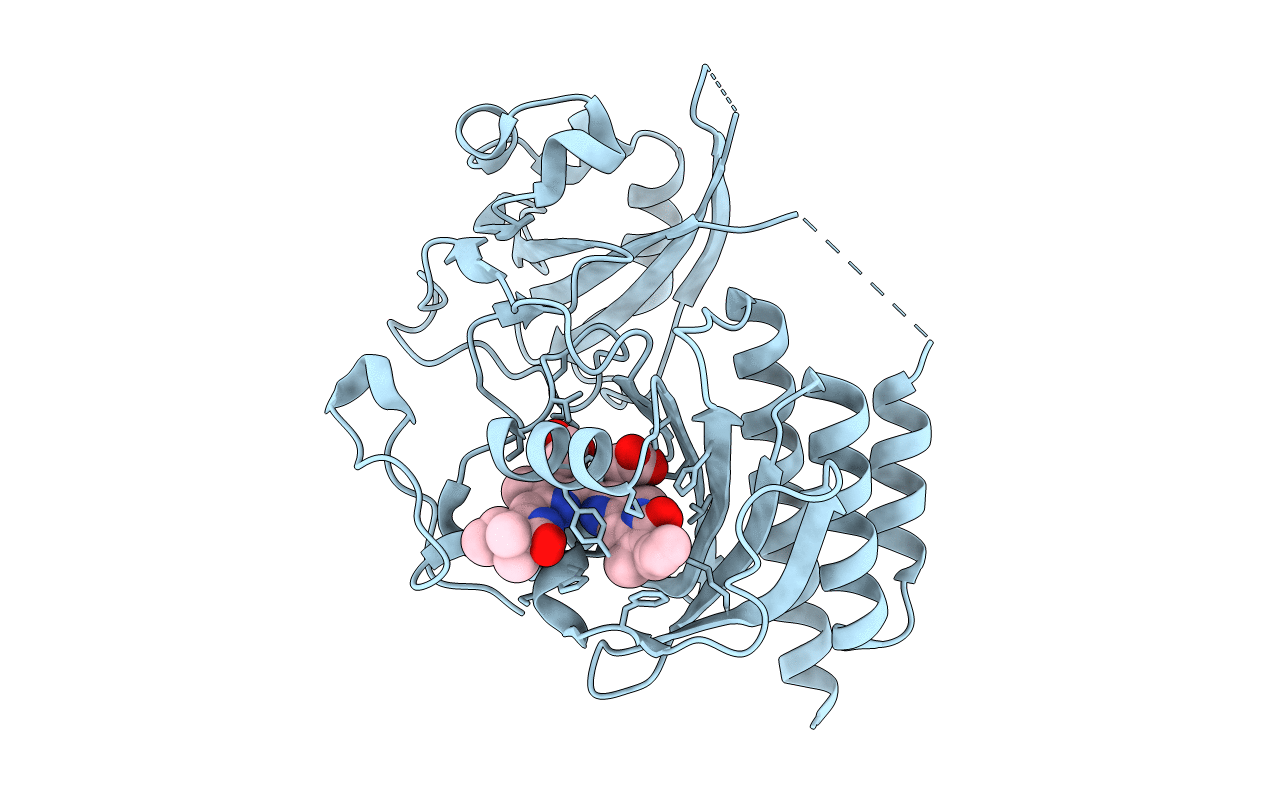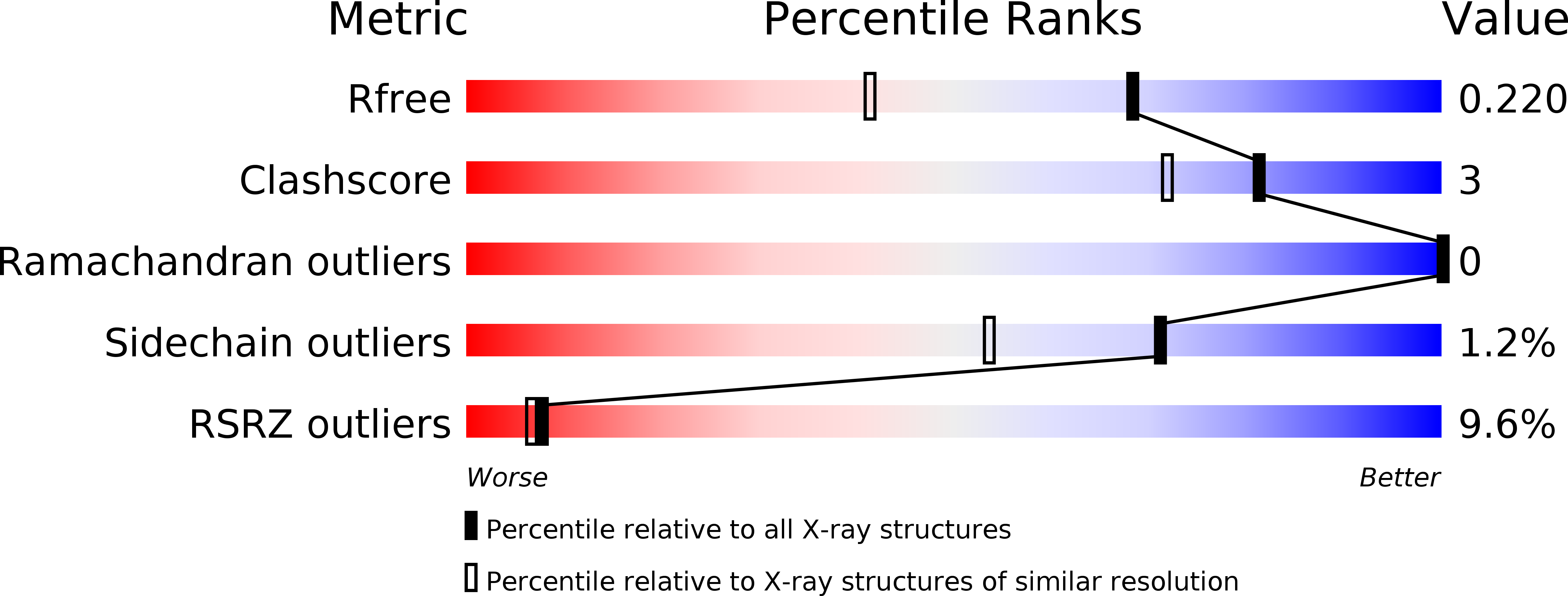
Deposition Date
2013-12-27
Release Date
2014-10-01
Last Version Date
2024-10-16
Entry Detail
Biological Source:
Source Organism:
Deinococcus radiodurans R1 (Taxon ID: 243230)
Host Organism:
Method Details:
Experimental Method:
Resolution:
1.65 Å
R-Value Free:
0.21
R-Value Work:
0.18
R-Value Observed:
0.18
Space Group:
C 1 2 1


